24 Surprising Animal Facts
The more that we learn about animals, the more we realize that they’re full of surprises. We now know that animals are a lot more like us than we used to think—and they have quite a few skills and attributes from which we humans should learn a lesson. Here are just a few:
Sharing and Caring
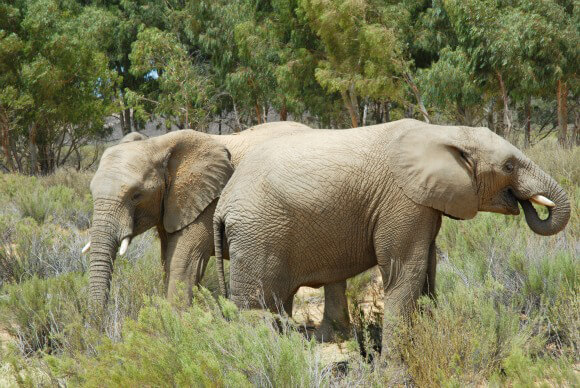
- If you feel like no one’s got your back, talk to the animals. One researcher described how a male bonobo who slapped a female was chased down by five unrelated females.
- Both elephants and chimpanzees have been found to work cooperatively to get food—and will wait for someone else to come along if they get there first.
- In one study, rats taught themselves to open other rats’ cage doors and would come to their aid even if a treat was available. Now, if only researchers would develop some empathy and set mice and rats free ….
Many Males Take on Daddy Duty
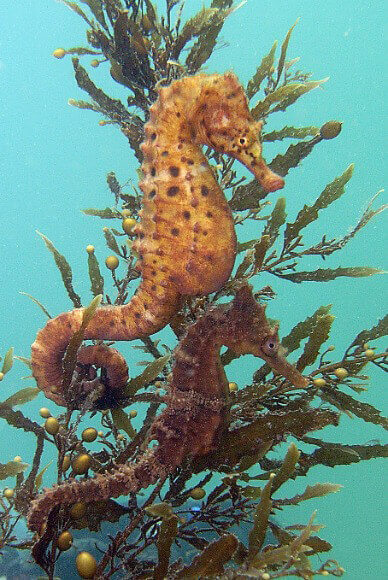
- While some male animals are the love-them-and-leave-them type, among jaçanas—a type of waterbird—the ladies flit from guy to guy while fathers tend the nest and care for the little ones.
- Wolf papas show their family values by guarding the mama and pups in the den, bringing home food for the kiddies, and serving as a mentor for their lives as pack members.
- Male seahorses even get pregnant! After the female deposits her eggs in his pouch, the dad-to-be fertilizes and incubates them before giving birth.
Not-So-Good Grief
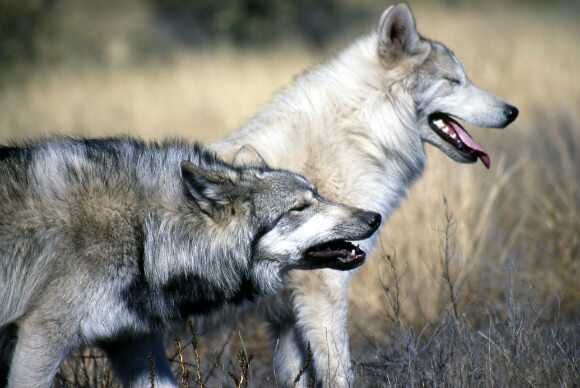
- Mourning a loss? You’re not alone: Nonhuman primates have been observed to hold wakes, turn to friends for comfort, and even lose the will to live in response to the deaths of loved ones.
- Entire wolf packs are reported to howl mournfully and act depressed following a loss.
- Elephants show respect for their dead, touching the skulls and tusks of the fallen with their trunks.
Tool Time
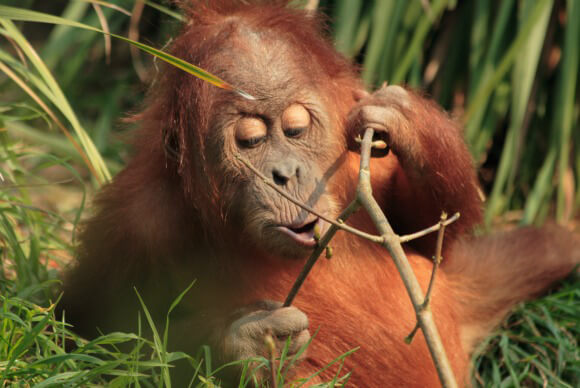
- If you’re handy with a hammer, you’re not alone. Even without hands, wild dolphins off Australia sometimes use a sponge to flush out fish concealed in the sand.
- Orangutans are especially adept at figuring out ways to make tools to accomplish a task.
- New Caledonian crows show signs of being able to use one tool to get another for a job—something known as sequential tool use.
Smart Cookies
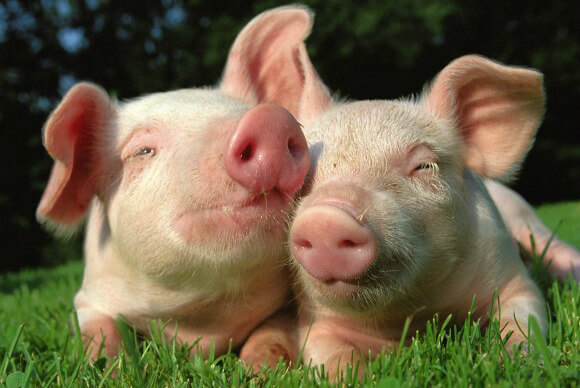
- Considered by animal behaviorists to be smarter than 3-year-old children, pigs enjoy listening to music, playing with soccer balls, getting massages, and even playing video games.
- Cats have excellent memories and are able to remember incidents and lessons years after they’ve occurred.
- Chickens comprehend cause-and-effect relationships and understand that objects still exist even after they are hidden from view, making them more cognitively advanced than small human children.
Social Animals
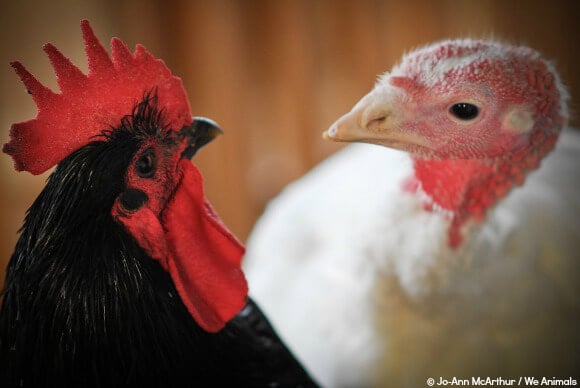
- When not confined to factory farms, chickens form complex social hierarchies, with every chicken knowing his or her place on the social ladder, remembering the faces and ranks of more than 100 other birds.
- On farm sanctuaries, turkeys single out their favorite visitors and will come running to greet them upon arrival.
- If you’ve ever yawned after someone else did, then you have something in common with monkeys, parrots, and dogs (who also appear to “catch” yawning from humans).
Model Citizens
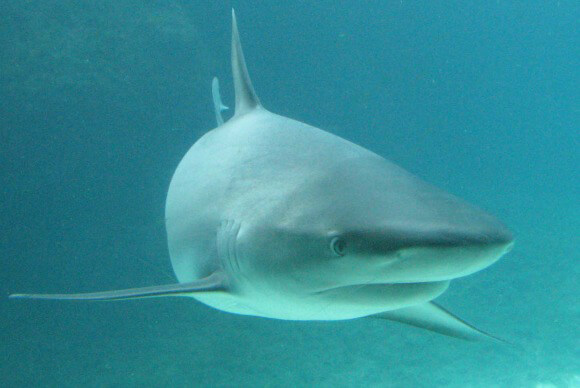
- Humans are increasingly looking to animals for inspiration in engineering, such as studying mosquito bites to manufacture a painless method of injections.
- Want to get a sunburn? No sweat! Hippos spend all day in the sun without burning, and scientists are trying to copy a molecule in their sweat that seems to serve not only as a super-sunblock, but also as an insect repellent.
- Racing swimsuits made to mimic the water-channeling action of sharks’ skins were so successful that they were banned from competition!
Animals With Superpowers
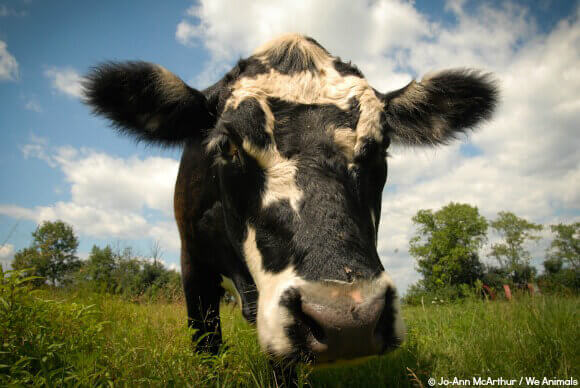
- Can Peter Parker do this? Spiders have more than 3,000 strain sensors in their bodies, enabling them to sense the tiniest vibrations—but they can also filter out vibes that aren’t likely caused by prey.
- Cows have panoramic vision—they can see more than 300 degrees at a time, compared to only about 140 degrees for humans. Cows can also hear lower-volume and higher-frequency sounds than we can and appear to align their bodies magnetically along a north-south axis.
- Many animals can see ultraviolet light, even though it’s invisible to humans, but mantis shrimp likely have the most complex color vision, with 12 types of photoreceptors to our three.
I’ll bet you learned something new about animals! With so many smart, creative, and caring creatures around the globe, it’s important that we give them the respect and ethical treatment that they deserve.




